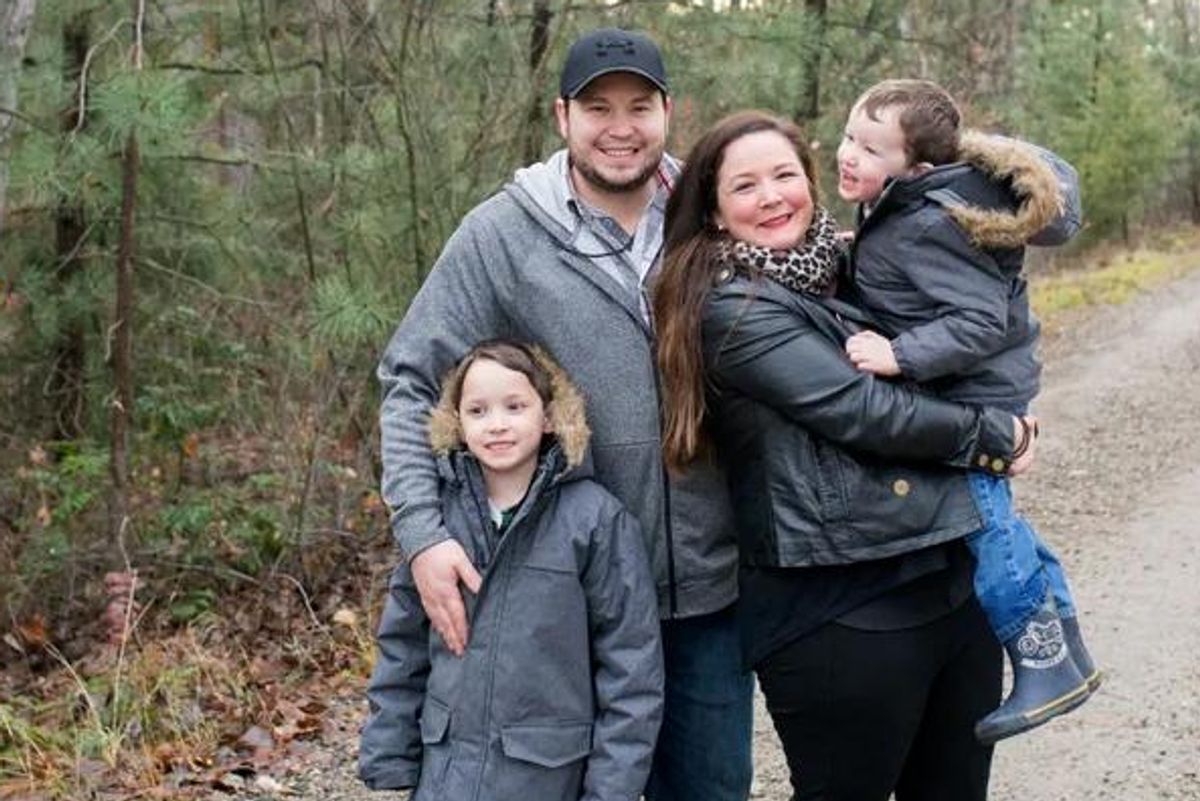Mom finds brilliant way to tell her kids the 'truth' about Santa and other parents take notes

Hutchinson soon stumbled upon some advice online, finding what she described as “by far the best idea I’ve seen about telling your kids about Santa. "
This is by far the best idea I've seen about telling your kids about Santa. Had to share! *********"In our family, we...
Posted by Charity Hutchinson on Tuesday, November 29, 2016
1. Find a time to take your kid out, one-on-one, to a favorite spot and deliver the great news: The time has come for them to become a Santa.
"When they are 6 or 7, whenever you see that dawning suspicion that Santa may not be a material being, that means the child is ready. I take them out 'for coffee' at the local wherever. We get a booth, order our drinks, and the following pronouncement is made: 'You sure have grown an awful lot this year. Not only are you taller, but I can see that your heart has grown, too.'"
2. Assure your kid that they're ready to become a Santa because they understand the true meaning of giving (it's not just about the milk and cookies).
"You probably have noticed that most of the Santas you see are people dressed up like him . Some of your friends might have even told you that there is no Santa. A lot of children think that because they aren't ready to BE a Santa yet, but YOU ARE."
3. Now that they're in on the secret, have them choose someone who could really use a great gift and devise a plan to give it away — secretly, of course.
"We then have the child choose someone they know — a neighbor, usually. The child's mission is to secretly, deviously, find out something that the person needs, and then provide it, wrap it, deliver it — and never reveal to the target where it came from. Being a Santa isn't about getting credit, you see. It's unselfish giving ."
4. Remind them that being a Santa is top-secret business. And that, next year, they can carry on with their selfless Santa duties once again.
" I had to remind him that NO ONE could ever know what he did or he wouldn't be a Santa. Over the years, he chose a good number of targets , always coming up with a unique present just for them."
In a little over a week, Hutchinson's post has racked up thousands of Likes and shares, with plenty of thankful parents chiming in in the comments.
The secret of being a Santa, so to speak, has already worked its holiday magic on Hutchinson's once-suspicious nephew.
-
A racist threatened him for his Black Santa decoration. His neighbors responded beautifully. › -
What Christmas means to me now as an adult with a troubled childhood › -
10-year-old launched DNA investigation into Santa - Upworthy › -
10-year-old launched DNA investigation into Santa - Upworthy › -
Questions to ask your kids about school - Upworthy › -
Artist Cristina Martinez on how technology can bring stories of hope and joy to new communities - Upworthy ›













